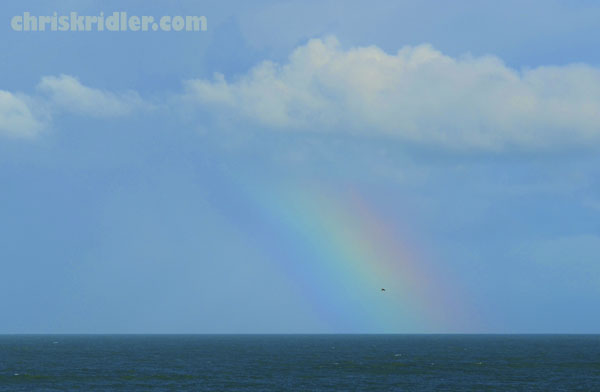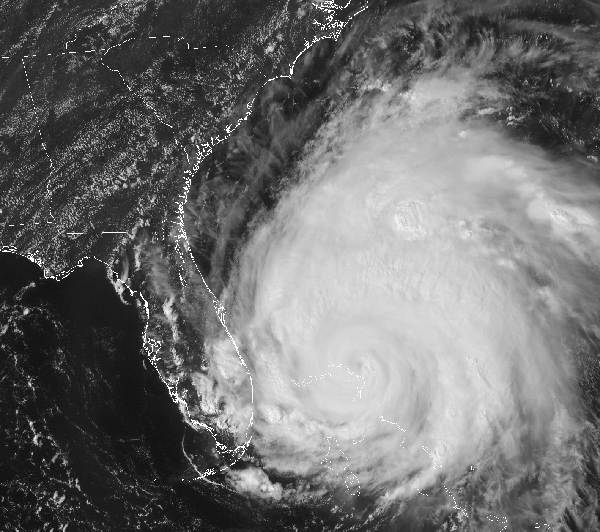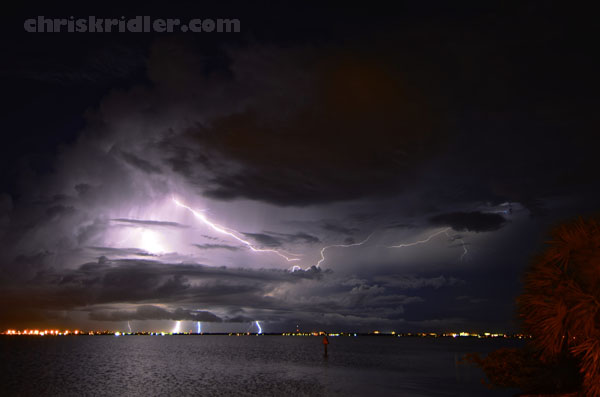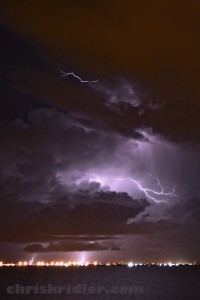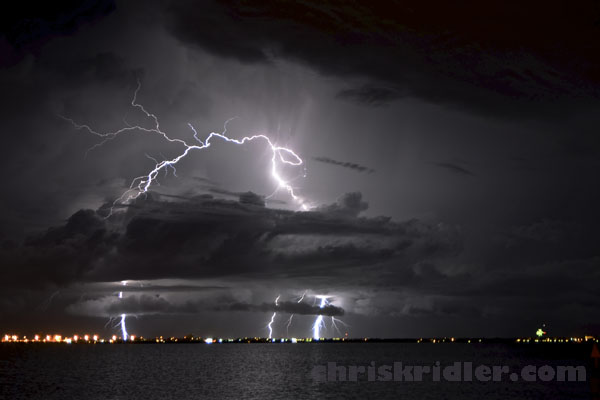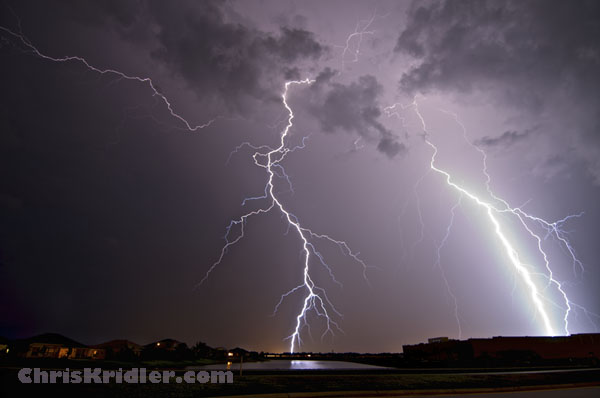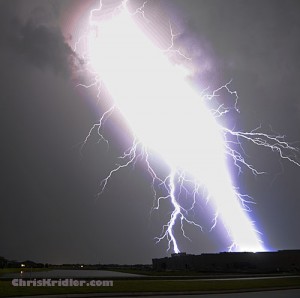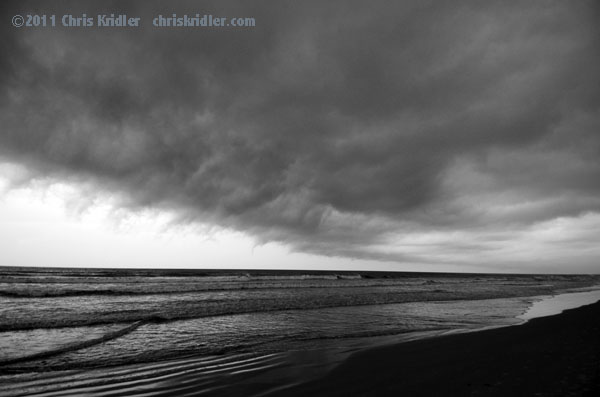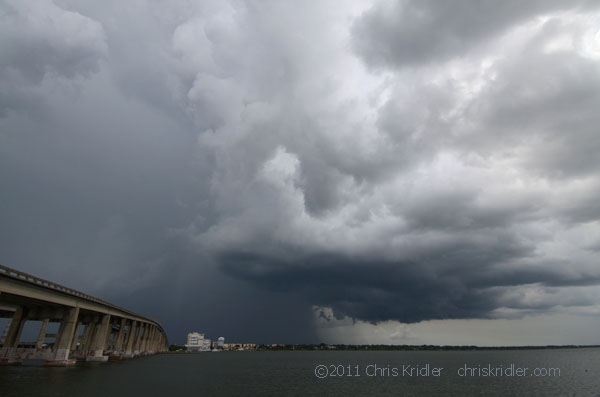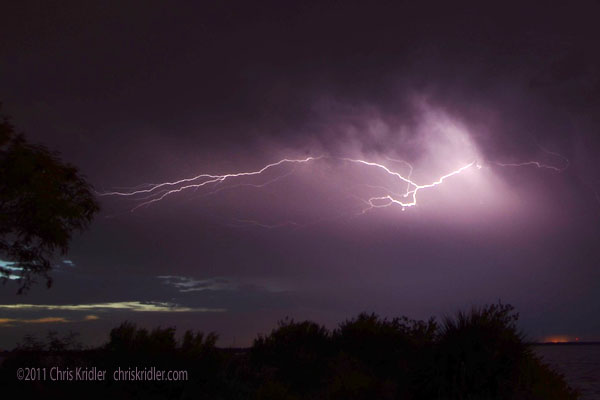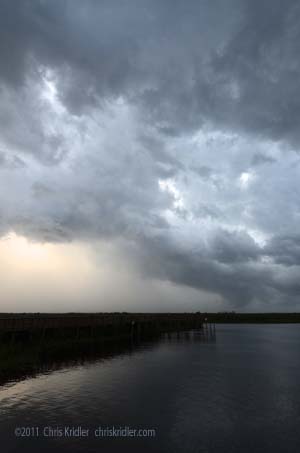Storm chasers get great footage, but some of the most dramatic and intense footage I’ve seen has been by people who shot tornadoes from their homes or backyards. It’s not just their proximity to the storm in question; the storms are coming to them, after all. It’s also the sense that their homes are in peril; that their nightmares are coming to life; that they’re envisioning the destruction and what will come after – or remembering a disaster that came before.
The character of Judy in my novel “Funnel Vision” has this feeling whenever she sees a tornado, and especially if a storm threatens her town in Kansas. It’s easy to put yourself in her shoes when you see videos like this one by Kevin Adkins from West Liberty, Kentucky, on March 2. I have dreams about wall clouds and tornadoes like this – massive and ominous, whose real-time rotation is so rapid it looks like a special effect. The fact that the tornado is grinding through the mountains makes this video even more surreal; like a horror-movie monster, its terrible form can’t be seen until it’s just about to consume you.

